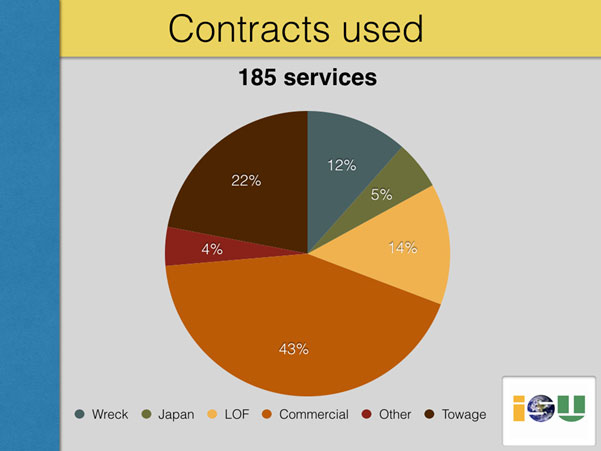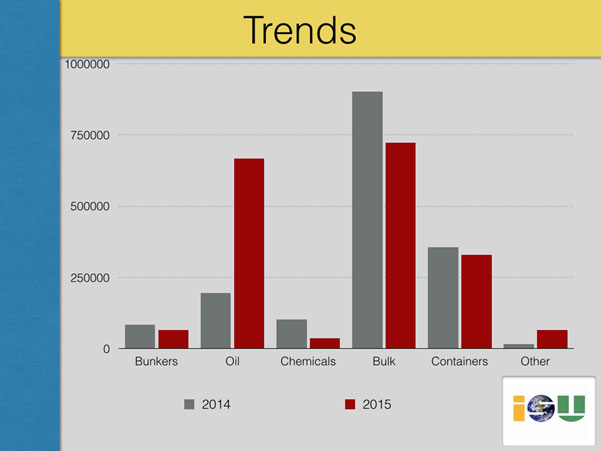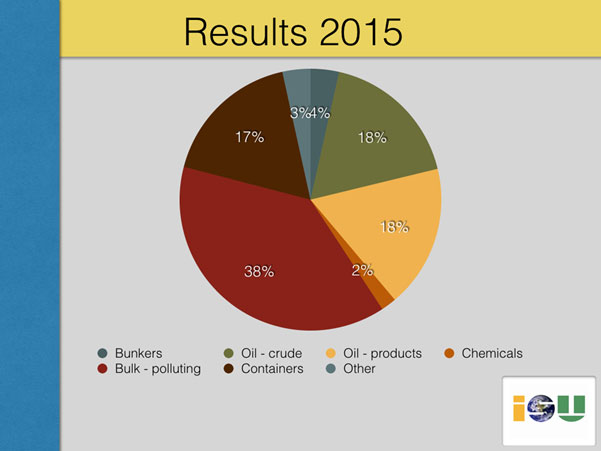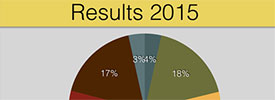Issued 16th March 2016
Members of the International Salvage Union (ISU) provided 185 services to vessels carrying nearly 2 million tonnes of potentially polluting cargoes during operations in 2015 in a major demonstration of the value of their work towards protecting the marine environment.
President of the ISU, John Witte, said: “Yet again our members’ operations have delivered great benefit in helping to protect the marine environment from potential damage. Salvors provide vital services to both the shipping industry and wider society. Shipping is much safer than it was even twenty years ago but everyone in the industry should be aware that just one major casualty could cause an environmental catastrophe. And in many cases it is only professional, commercial salvors who are able to intervene.”
The data comes from the results of the ISU’s 2015 Pollution Prevention Survey. The survey was re-based in 2014 to include a wider range of potential pollutants including containers.
2015 ISU Pollution Prevention Survey Results (tonnes)
| 2015 | 2014 | |
| Number of services | 185 | 216 |
| Bunker fuel | 66,247 | 83,698 |
| Oil cargo | 666,416 | 194,880 |
| Chemicals | 35,744 | 102,939 |
| Bulk polluting/hazardous | 722,160 | 901,373 |
| TEU – tonnes equivalent | 330,015 (21,941 TEU@nominal 15 tonnes/TEU) | 356,265 (23,751 TEU@15 tonnes/TEU) |
| Other pollutants | 65,282 | 16,244 |
| Totals | 1,885,864 | 1,655,399 |
Commenting further on the results, Mr Witte said: “ISU took the decision two years ago to update the methodology of this survey. The survey started in 1994 and it was a time when the threat, and fear, of pollution was considered to be largely from VLCCs and other tankers. That threat still exists but today most coastal states will judge most cargo to be potentially polluting. Containerised cargo has, for example, increased greatly in both total volumes and in the capacity of boxships. Containers, with their mixed and sometimes hazardous contents, are undoubtedly a potential pollutant and hazard and our survey now records them as such.
“ISU is careful to point out that not all of the salved cargo noted in the survey was at imminent risk of going into the sea. But even with a relatively simple rescue tow it is worth considering what the consequences might be if there was no commercial provision of salvage services.”
The new format of the survey records separately dirty or hazardous bulk cargo and containers (by tonnes equivalent). It takes account of the International Convention on the Prevention of Pollution from Ships (MARPOL), the International Maritime Dangerous Goods Code (IMDG Code), Intercargo guidance, P&I Club guidance; International Tanker Owners Pollution Federation publications and the International Solid Bulk Cargoes Code. The attitude of coastal state authorities has also been considered based on ISU members’ operational experience.
2015 is the second year of the new format of the survey and the results for 2015 may be safely compared with those for 2014. Over time a picture of any trends will start to emerge.
In 2015 ISU members provided 185 services (216 in 2014). Variants of wreck removal contracts were used in 21 services; Lloyd’s Open Form – 25 services; towage contracts – 40 services; Japanese Form – 10 services; Fixed Price – 19 services; Day Rate – 59 services; other contracts – 8 services.
In the period 1994 to end-2015, ISU members salved 22,116,925 tonnes of potential pollutants, an average of more than one million tonnes per year.
Annex 1 ISU Pollution Prevention Survey 2015 graphics




